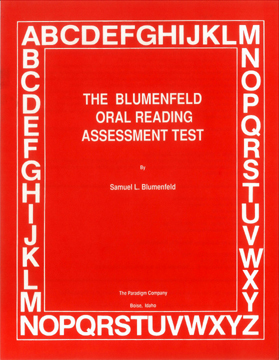Ancient Angkor’s mysterious decline may have been slow, not sudden
Sediment analyses suggest that the city’s elite gradually abandoned the Khmer Empire capital

CREEPING DEMISE Once the world’s biggest city, Angkor in Cambodia waned slowly as its ruling class left throughout the 1300s, researchers say.
EFIRED/SHUTTERSTOCk
The last capital of the Khmer Empire, Angkor was the world’s most extensive city in the  1200s, home to hundreds of thousands of people in its urban core and comparable numbers of rice farmers in the surrounding area. But Angkor mysteriously declined in the 1400s, and some archaeologists have suggested that the site was abandoned suddenly, possibly due to a military defeat. But new sediment analyses indicate that the city’s ruling elites gradually abandoned Angkor starting in the early 1300s, researchers report online February 25 in the Proceedings of the National Academy of Sciences.
1200s, home to hundreds of thousands of people in its urban core and comparable numbers of rice farmers in the surrounding area. But Angkor mysteriously declined in the 1400s, and some archaeologists have suggested that the site was abandoned suddenly, possibly due to a military defeat. But new sediment analyses indicate that the city’s ruling elites gradually abandoned Angkor starting in the early 1300s, researchers report online February 25 in the Proceedings of the National Academy of Sciences.
That’s when geologic signs of human activity began to decline at Angkor Thom, a walled city within Greater Angkor, the team found. Evidence of burning, forest disturbances and soil erosion from farming — gleaned from remnants of plants, pollen and minerals that had accumulated from the surrounding area in sediment taken from Angkor Thom’s moat — decreased throughout the 1300s, say geoscientist Dan Penny of the University of Sydney and his colleagues.
 Pollen remains indicate that floating swamp vegetation covered the moat by around 1400, apparently because no administrative officials remained to coordinate the structure’s maintenance, the team says.
Pollen remains indicate that floating swamp vegetation covered the moat by around 1400, apparently because no administrative officials remained to coordinate the structure’s maintenance, the team says.
Previous research by Penny and his colleagues suggested that the breakdown of the city’s expansive water system, partly due to rapid shifts between periods of drought and heavy rainfall, hastened the city’s demise in the 1400s (SN: 11/10/18, p. 11). Now the scientists suspect that the steady departure of bigwigs caused the water system to fall into disrepair and ultimately fail.
Reasons for Angkor’s ruling class to leave may have included establishing or joining cities
closer to the coast and profitable sea trade routes. As a result, by the 1400s, any invaders would have encountered little resistance at Angkor, the researchers suspect.
D. Penny et al. Geoarchaeological evidence from Angkor, Cambodia, reveals a gradual decline rather than a catastrophic 15th-century collapse. Proceedings of the National Academy of Sciences. Published online February 25, 2019. doi:10.1073/pnas.1821460116.
B. Bower. The water system that helped Angkor rise may have also brought its fall. Science News. Vol. 194, November 10, 2018, p. 11.
B. Bower. Lidar maps vast network of Cambodia’s hidden cities. Science News. Vol. 190, July 23, 2016, p. 9.
One current day phenomenon that shows no signs of declining is the popularity of the ALPHA-PHONICS PHONICS-BASED reading instruction program. It has, since 1986, been used by many families, especially Homeschooling Families, to teach their children to read, whether or not they are attending public school.
To learn why it has endured so long in our fast moving world that makes new things obsolete quickly look at these LINKS for information:
WEBSITE TESTIMONIALS REVIEWS HOW TO ORDER
VIDEO MADE BY A USER OF ALPHA-PHONICS:


 Alpha-Phonics
Alpha-Phonics The Alphabet Song!
The Alphabet Song! Water on the Floor
Water on the Floor Blumenfeld Oral Reading Assessment Test
Blumenfeld Oral Reading Assessment Test How To Tutor
How To Tutor How To Tutor Cursive Handwriting Workbook
How To Tutor Cursive Handwriting Workbook